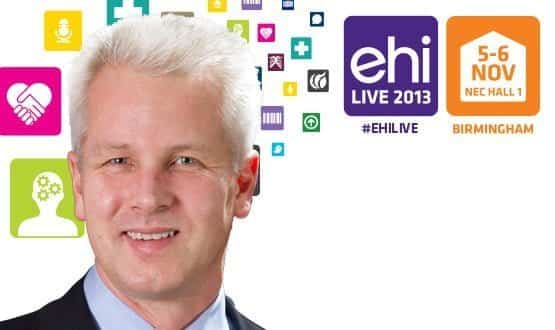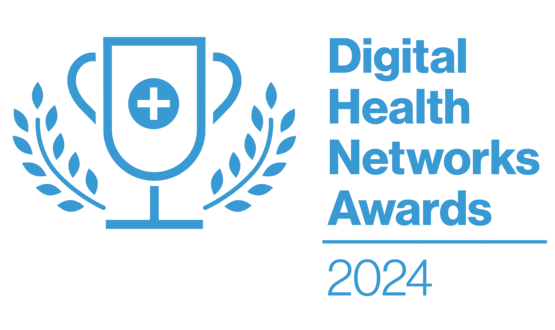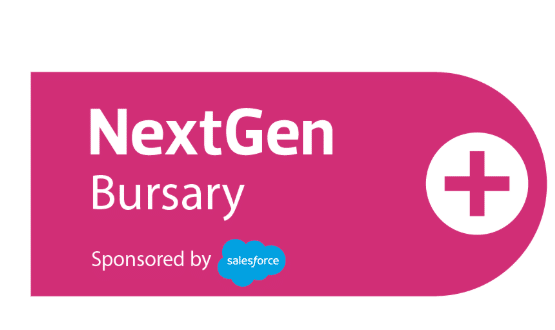From the Heart and Chest
- 8 October 2013

The nights are getting colder and the adrenaline of our go-live is becoming a distant memory. At the time, I described our implementation of Allscripts as being analogous to giving birth to a new baby.
That still holds true. It would be fair to say that the pain of child birth isn’t forgotten, but the memory is far less raw. And it’s time to start having some fun with the new-born.
MLM fun
As we come up to our first cycle of change, we have had some visits from Allscripts’ physician advisers. Rick Mansoor, a haematologist/oncologist by background, spent a fruitful day with me and the clinical analysts.
His interest and expertise is in MLMs, or Medical Logic Modules. These are bits of code that allow you to do "clever" things in the electronic patient record.
That can be as trivial as calculating how long a procedure took from the user inputting a start time and a finish time, through to massively complex and lengthy structured documents that auto-populate multiple fields, based on user input.
To make our time more productive, Rick asked me for something data-based that was relevant to my own medical work.
I showed him CHADS-VASc, which is a scoring system to evaluate your risk of a stroke if you have had a relatively common heart rhythm disturbance called atrial fibrillation.
You input the answer to seven questions on matters such as gender, age, diabetes, and heart disease and it calculates your annual risk of stroke related to the AF. This can range from 0% to a 1 in 6 chance of stroke per year – so it is worth knowing if you are at risk.
We pulled in the age and gender automatically, and that left five check box answers for the user to input. With time, the other medical history questions could be fed direct from the ‘problem list’ in the EPR, but we don’t have that data in there – reliably – at this stage.
We didn’t stop there, as we then used the EPR to find out if the patient was already taking any blood thinning medications.
New medications are being launched regularly at present, so to future proof it we used Multum [the drug database] categories, rather than specific drug names.
Finally, we set it up so that the clinician can confirm their recommendation and document whether the patient accepted their advice.
In seven clicks, this meant we had evaluated a patient’s risk of stroke, reviewed their current therapy, advised on any changes, and documented the outcome – four paragraphs of complex and highly beneficial medical care.
We might have a baby EPR, but I think that it just spoke its first words – in Latin!
I think this ability to integrate multiple data sources (past medical history, demographics and medications) is critical to how an EPR needs to function.
Patients and clinical staff deserve the power and benefit of clinical decision support. And interfacing the data is vital to save staff having to duplicate data entry in different systems – and the nightmare of maintaining data synchrony and determining which system is the "source of truth".
It doesn’t matter if you do that by interfacing multiple ‘best of breed’ systems or build on a small suite of core systems as we have done.
Good listening suppliers vs others
As it happens, we hadn’t initially planned to utilise Allscripts’ pharmacy components, but our hand was forced by our prior suppliers’ lack of willingness to interface.
That kind of lack of insight is short-termism at its worst, in my book. Is there something about the UK market that allows some suppliers to do this to us?
Take the Multum drug database, for example. The UK version doesn’t contain dressings or dietary supplements in its data tables. Why? Do British patients not suffer from allergies to honey or silver or other things that are put into dressings?
Even our picture archiving and communications system isn’t integrated in to the EPR as smoothly as it has been in US integrations. Why? In fairness, our PACS supplier has promised to address that, so there is light at the end of that particular tunnel.
Similarly, our electronic document management system has great functionality, but some aspects of the user interface are confusing and clunky. Again, the supplier seems to have listened to feedback, and I am anticipating that these things will be addressed.
But there’s the rub – it isn’t just organisations and IT / EPR teams who need to be listening to the end users, but suppliers as well.
Are we getting iPads?
One of the most common questions that the EPR team were asked before go-live was "are we getting iPads?" The short answer to that was "no!”
I wouldn’t have begrudged pushing for them if that would have improved system usability; but they simply wouldn’t have benefited us at this stage.
While we have, virtually, an entirely paper free processes, we have not got optimised processes yet – we only have a baby EPR, don’t forget. That means a lot of our data entry is still free text, and that is best done via a conventional keyboard.
Once our documentation can be completed by a series of clicks – like the CHADS-VASc assessment – then we can look at using hand held devices to interact with the EPR, rather than conventional desktop PCs and laptops.
People don’t appreciate that interacting with the EPR represents using a complete system, and that system has two components – the software and the hardware.
It is no good using a nice hand-held if your software hasn’t been optimised to be used on a hand-held device. Anyway, tablet devices such as iPads are not necessarily the way forward anyway in many scenarios; the truly hand-held devices, such as smartphones or an iPod Touch, give better workflow in many scenarios.
Again, the problem should drive the solution. There’s no point buying technology and then trying to retrofit the shiny new hardware to the task that needed doing. We don’t need "toys for the boys", but hardware and software development that make workflows better for clinical staff and patients.
So the slightly longer answer is “not now but maybe later…”
Dr Johan Waktare will be speaking as a ‘CCIO in the front line’ at the second CCIO Leaders Network Annual Conference that is co-located with EHI Live 2013. This year’s conference is free for all visitors to attend.




